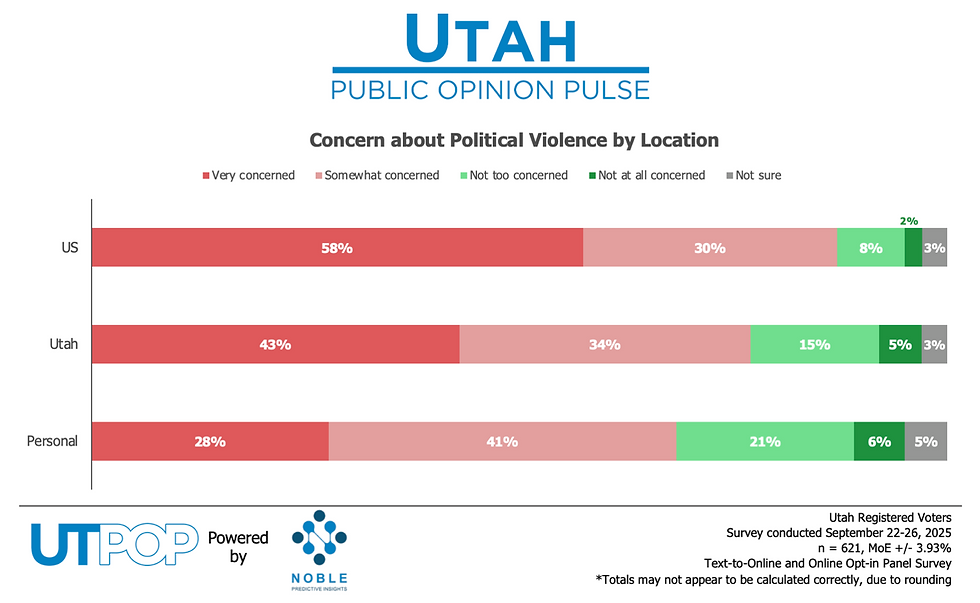Congress Breakdown: Everything You Need to Know (for beginners)
- Noble Predictive Insights

- May 5, 2023
- 2 min read
Updated: Jun 25, 2024
Welcome back to Politics 101! I’m your host for the length of this blog, giving you the ins and outs of politics so that you can better understand and impress with informed opinions at the next family get-together. (I feel obliged to clarify I can only help with the political talk; all other family topics of conversation are above my pay grade).
Politics 101 - Part 2
All right let’s dive into this week’s topic:
Senate. House. What in the world do they even do? Are they the same as Congress? Is the house referring to a place?
Since you’re all caught up on when U.S. Senate midterm elections are from our last Politics 101 lesson, it seems a good time to explain some key differences between the Senate and the House of Representatives for a closer look at U.S. Congress. So, cozy up in a corner, turn your brightness down, and tell no one you’re reading this elementary-level explanation… or don’t, I can’t really tell you what to do.
To begin, let’s visualize the breakdown of Congress and differentiate between the Senate and the House of Representatives.

Feel super educated yet? Good, glad I can be of service, but wait don’t go yet… there’s more!
A large portion of the legislative branch is passing bills. In order for this to happen, there are a few steps that need to occur:
First, a representative sponsors a bill (the representative who sponsors a bill is often the writer of the bill).
That bill is then assigned to a committee in the House for study. If the bill is released by the committee, the bill is put on the calendar to be voted on, debated, or amended.
The bill must pass by a simple majority (218 out of the 435 representatives) before it can move to the Senate.
Once in the Senate, the bill is then assigned to another committee and if released, it follows the same process: debated and voted on.
If the Senate decides to make changes, the bill must return to the House for concurrence.
Once this is all completed, the resulting bill returns to the House and Senate for final approval. The President then has 10 days to veto the final bill or sign it into law.
Well there you have it, everyone, that’s all I have for you on the basics of U.S. Congress for this Politics 101 lesson! Tune in next time for more facts and breakdowns to help make you seem like the smartest person in the room.
Follow us on Twitter, sign up for our Newsletters, and add us on LinkedIn to stay connected.



